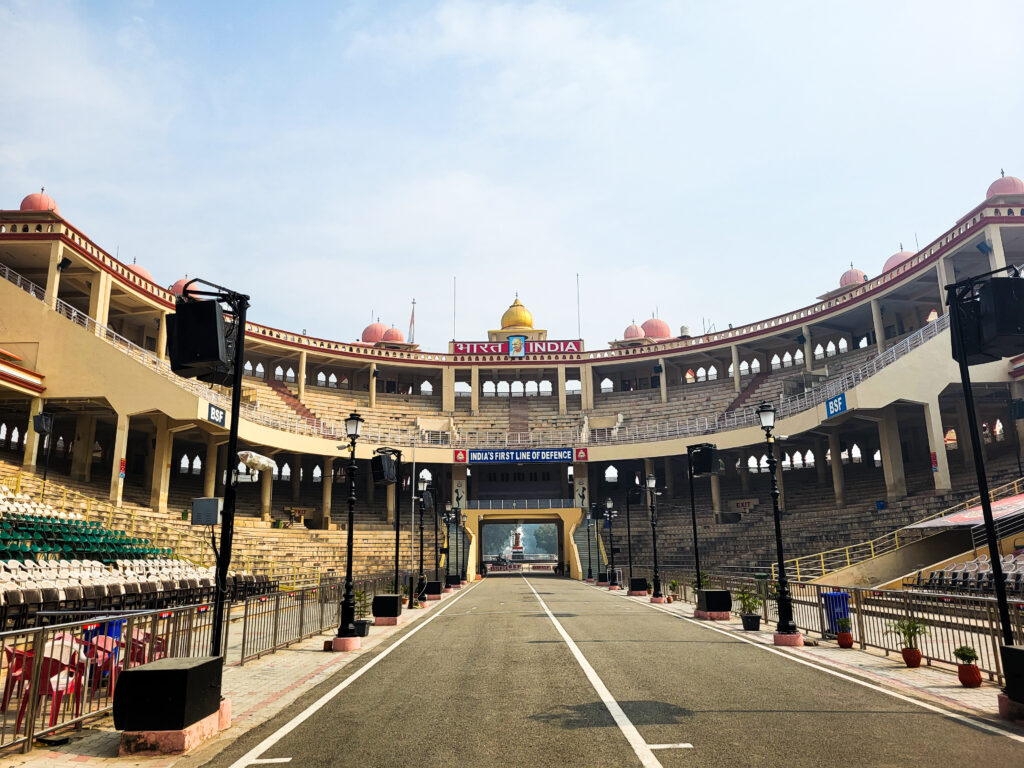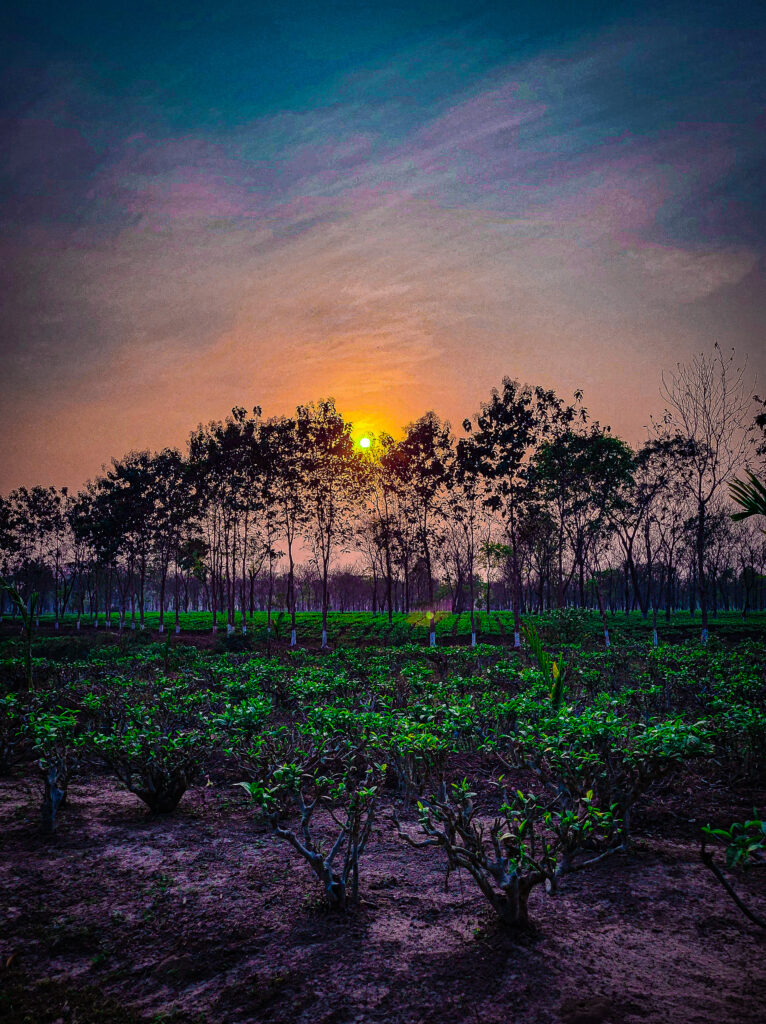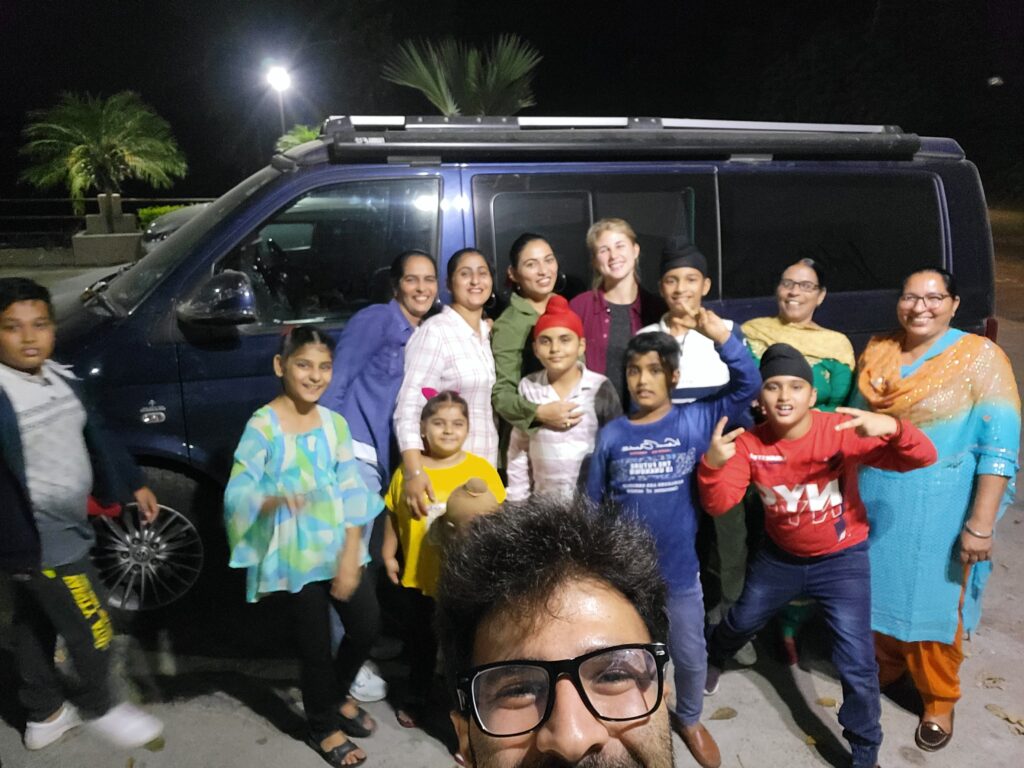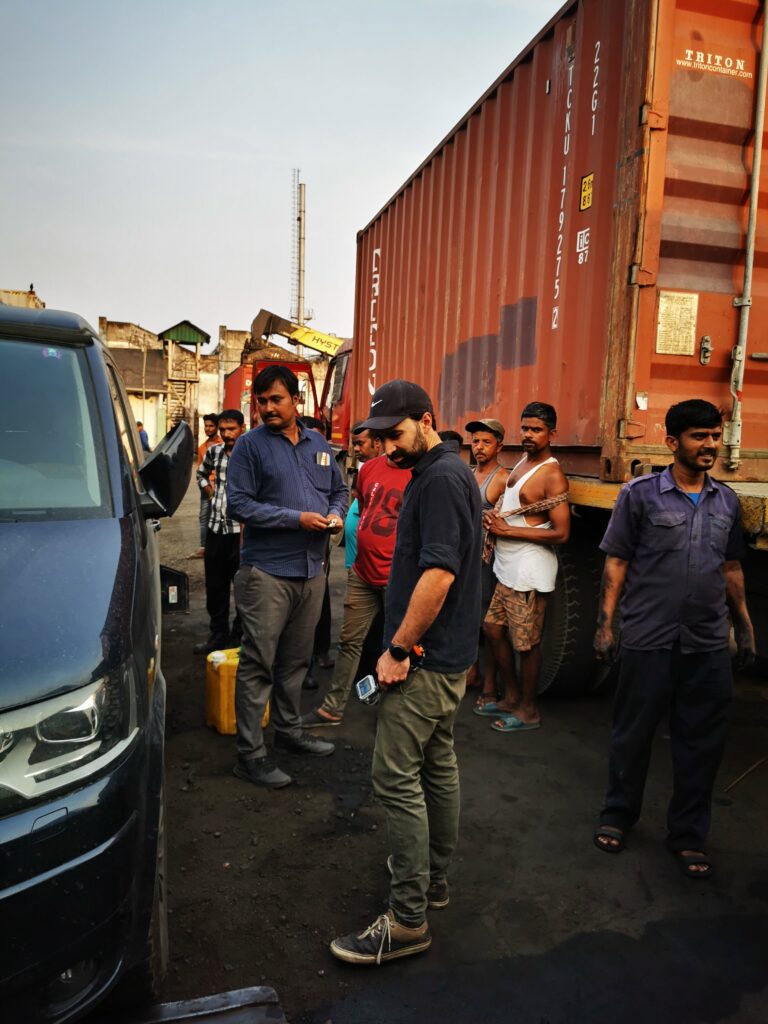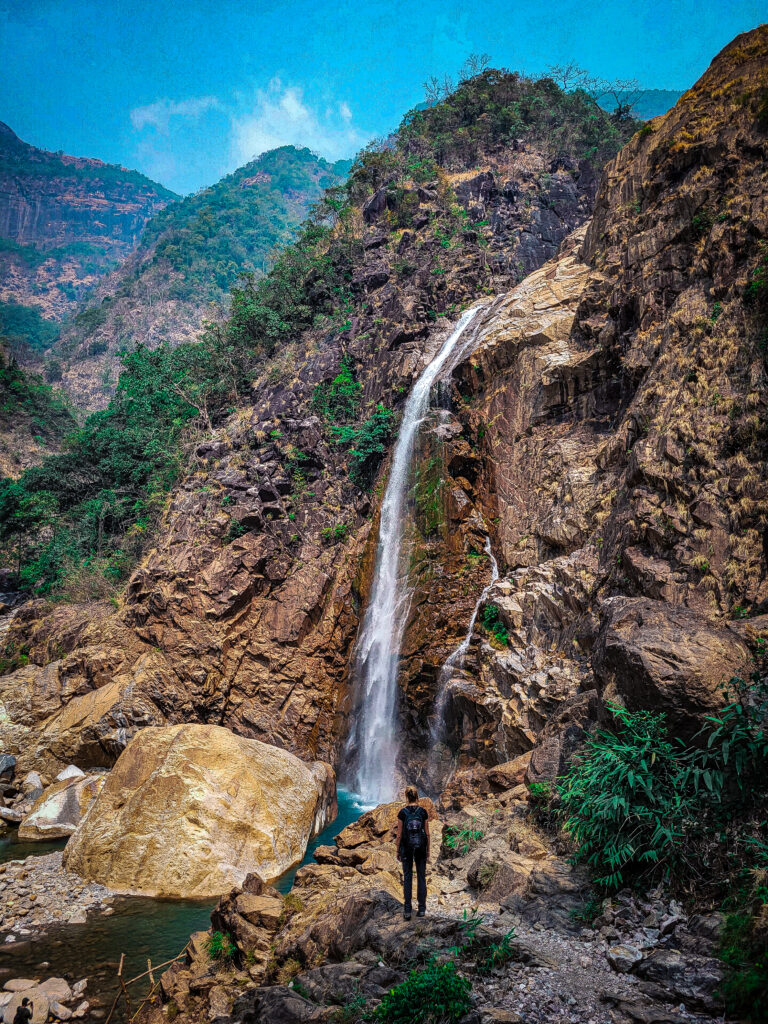Discovering India
India
is massive, diverse and ‘adventure’ is the perfect word to use when describing your travel through this country. One thing is for certain, India is an intense country and if you can’t handle a bit of chaos and are really fond of your personal space, maybe it’s not the best country for you. However, whether you’ll love or dislike this country will depend on many things and we are sure that if researched and planned correctly, you can find unique and marvelous places that will blow your mind and bring you close to the culture and people without pushing your buttons too hard. Read on to find some general things we discovered on India and hopefully it can help you find your way better in this special country.
Cultures and languages
India is truly diverse in various things such as culture, languages, ethnicities and so on. Locals will always tell you that every 100 km, people will have different languages and habits. It’s even possible that they cannot get along very well, although apparently coherency has improved in recent years. Hinduism is the main religion of India and Hindi is the most spoken language. It’s the language that connects the diverse landscape of tongues in India, followed by English. Most Indians are capable of speaking Hindi, although many locals will prefer their own (local) language and will only speak it if needed. Not everyone speaks English in India and in more rural areas finding someone who can is really difficult. In more developed areas and cities you’ll often find locals who have notions of the language of even master it and can translate for you if needed. Especially in the southern parts of India, English is widely spoken and even preferred over Hindi. The younger generation in particular speaks surprisingly well English.
You’ll either love or hate India
Before we arrived in India, we met lots of people who had visited the country and shared their thoughts with us. All of the conversations had one thing in common: “you’ll either love or hate India”. In our opinion, such a black and white distinction isn’t necessary, mostly because India is so massive and diverse it would be hard to generalize the entire country as a single opinion. Overlanding offers the opportunity to explore lesser walked paths in India which inevitably will present you unique insights in local habits and special places, forming altering opinions throughout the country.
Generally speaking, India can be hectic and intense. The huge population, often centered in cities, inevitably will make your brain explode numerous times while wandering through India. However, hiking seemingly alone to some of the most beautiful waterfalls we’ve seen and spending the night completely alone in our van only surrounded by the sound of birds and waterfalls reshaped the image of a country where you don’t seem to be able to escape the never ending chaos. Although avoiding intense situations is impossible, you can definitely find peace and beauty in India. Do your research on places you really want to visit and accept that some chaos can be interesting if you consider it to be a unique experience.
Basics on India
Sim Cards
India has made it truly difficult for foreigners to get sim cards, pay online and other travel necessities for some reason. After our border crossing we tried to buy a SIM-card at several stores and offices that provide ‘Jio’ and ‘Airtel’ services. You will see the names of these two telecom operators almost everywhere. At least ten different stores told us it is impossible for foreigners to obtain a SIM-card and some of them tried to help us, but failed during the process. Airtel sent us to Jio and the other way around. Finally we found an official Airtel office willing and succeeding to help us out.
You’ll need your passport and (completely ridiculous) a local Indian number that will receive a confirmation code for your SIM activation. The Airtel staff was nice enough to use the number of their family members for this, because for some reason they seemed not to be able to use their own number. After 30 minutes we got the SIM-card. It cost us 500 INR per SIM-card which came with a 28-day package of 1.5GB data per day, unlimited calls and 100 text messages per day. You have to recharge before the 28-day period is over to keep your SIM-card activated.
Electronic payment
One major problem in India is using a foreign card to make electronic payments. Both credit- and debit cards (VISA and Mastercard) are a pain to use. In stores, depending on how big the store is, how cooperative the staff is, and which devices they use, it will sometimes work. We always tried to convince the staff to at least try credit card payment with different devices. Most of them where very helpful and often at least one of the devices allowed foreign card payment. The reason we prefer credit card payment is the lower costs involved (see payment abroad).
Worldwide there is an increasing interest in smartphone payment. Online payment using your smartphone is really interesting because you don’t need to withdraw or carry cash all the time and some services such as FASTAG require online payment anyway. In India, a very popular option for this payment method is PayTM. Lots of stores offer a QR-code which you can scan and you instantly pay your debts electronically. Big problem: many of these smartphone payment methods require UPI (Unified Payments Interface) and thus an Indian bank account and do not support foreign cards. We tried numerous different methods and all of them failed. We found one blog online that explained how to use AirtelWallet for this purpose, however, this method also did not work.
Until now, there seems to be no way to link a foreign (credit/debit) card to any wallet that can be used in India. However, new methods (according to this article) are being developed to make online payments more accessible for foreigners since Jan 2023, but they are yet to be made available.
